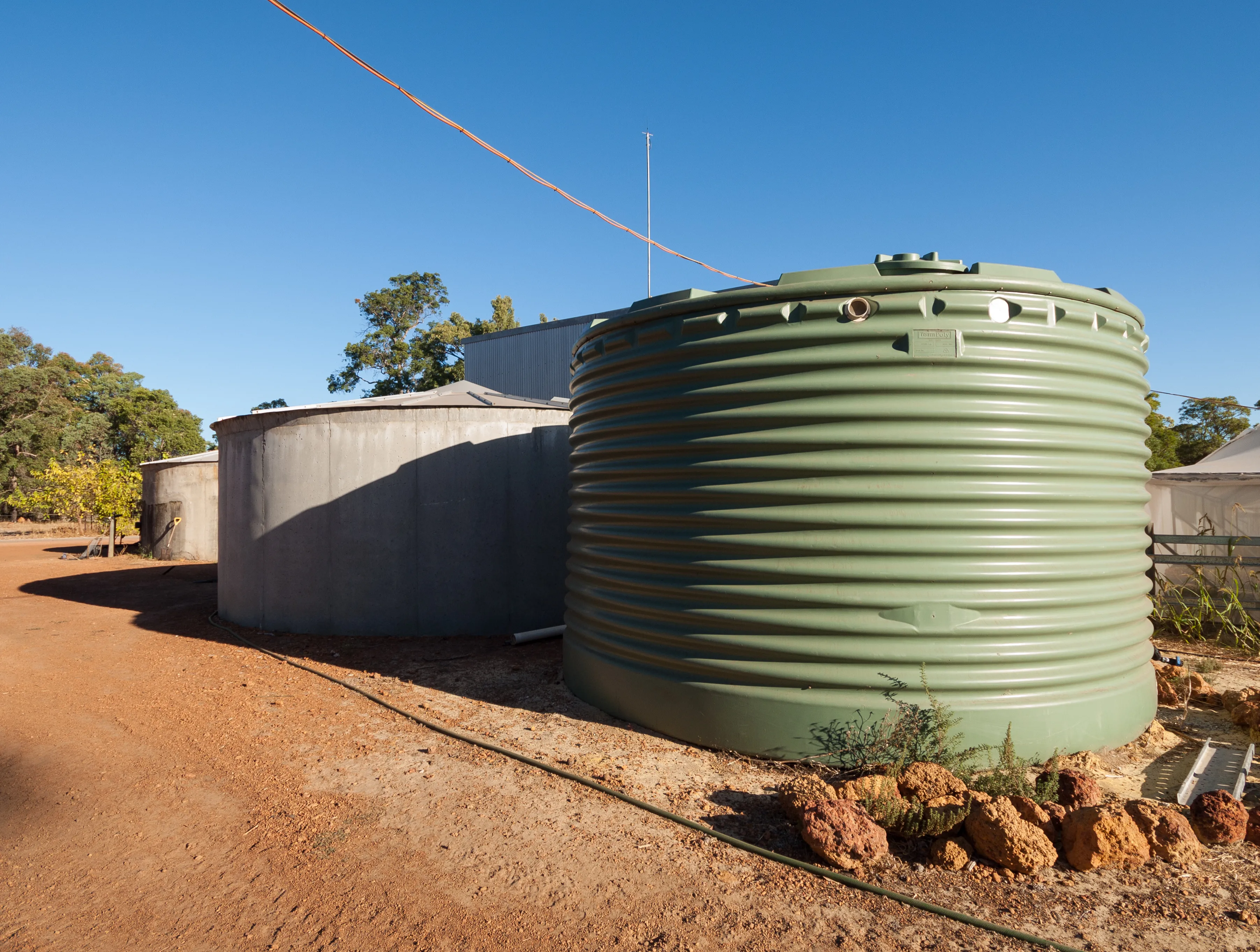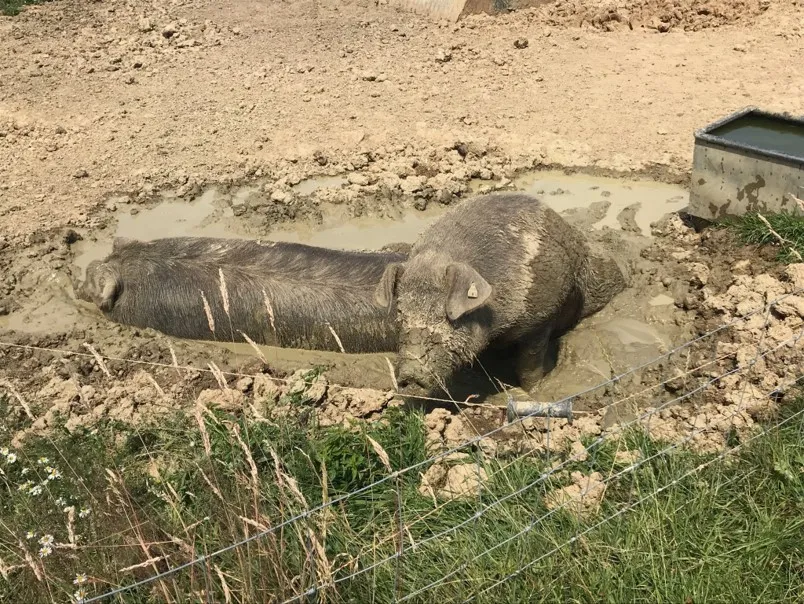



Dealing with drought and evading heat stress in swine
Top tips from across the globe on how to manage high temperatures on farm, how to prevent and treat heat stress in pigs and how to manage water shortages during a drought.
sub>Thermoneutral zones based on weight of pig and floor type © The Pig Site
"Sprinkling water in one- to two-minute intervals every 20 to 30 minutes allows moisture to evaporate off the pig’s skin before wetting and starting the cooling process over again, and is more effective than leaving waterers on continuously."
-Dr Mark Whitney, Assistant Extension Professor at the University of Minnesota Extension-
"Provide fresh, cool (or tepid) water in appropriately-sized troughs. Piglets have to be able to reach the water and preferably not be able to tip the trough up. Big pigs = big troughs, and little pigs = shallower troughs. Also, if younger piglets try to drink from a big trough they could fall in and not be able to get out."
-Michaela Giles, APHA and author of The Commuter Pig Keeper-

"Control supplementary heating in the farrowing house. This should only be necessary for the first 12 hours after farrowing depending on the piglets; if you have dimmers – use them or replace with lower wattage bulbs. Creep areas should be covered and insulated to ensure that heat loss from the creeps does not overheat the sows. To help keep sows cool it may be helpful to wet the sows' necks with cool water; however, ensure piglets do not get wet."
-AHDB Pork-
"Infections that raise a boar’s body temperature, or localised infections that raise the temperature of the scrotum and testes, will also result in changes in semen quality for up to eight weeks, similar to those that occur after boars are exposed to environmental heat stress. Maintain close monitoring of boars using a thermometer and visual checks on a daily basis during periods of high temperatures."
-BPEX-













